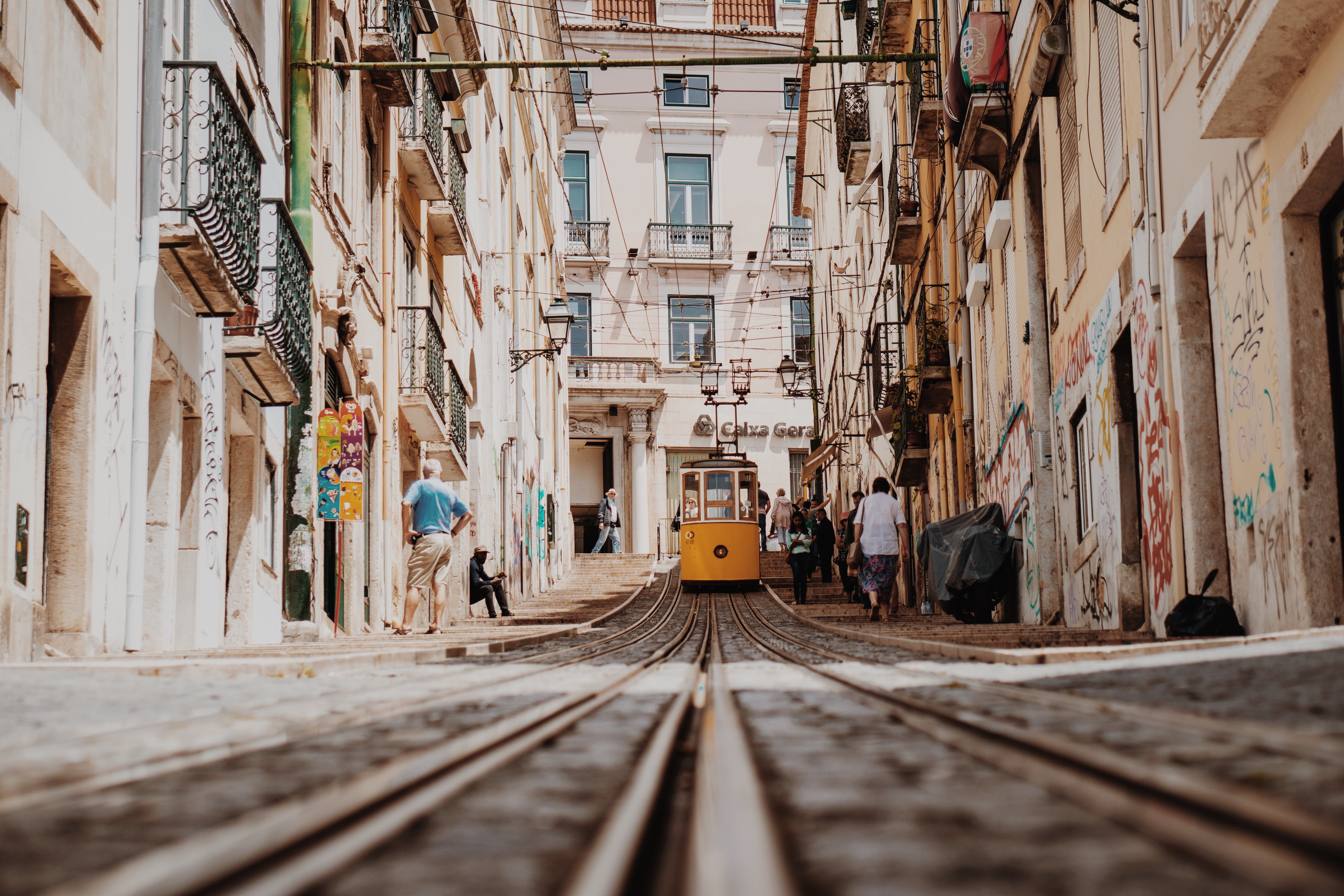Lisbon is the capital of Portugal, located at the mouth of the Tagus River. It is a city with just over half a million inhabitants, but with a metropolitan area of almost 3 million inhabitants. It is a well-defined city, full of neighborhoods, which has allowed the creation of other cities around the capital. Its historic center is made up of seven hills, being a city full of slopes where it is difficult to drive with private transport. It is one of the warmest European capitals, in which the spring months you can enjoy a stable and pleasant temperature, while in the winter months it is a rainy city.

Brief history of Lisbon
Lisbon was founded by the Phoenicians and later conquered by the Greeks and the Carthaginians. At the fall of the Roman Empire, the city passed into Muslim hands, but ten years later it was reconquered and helped lay the foundations for maritime expansion. From the fifteenth century the port of Lisbon became one of the most important in the world. Wealth attracted many people to the port of Lisbon to boost trade. In the 16th century it was the most important center of Europe in the slave trade. The city fell into the hands of Napoleon in the 19th century, but the English conquered it. In the twentieth century, the capital of Portugal was immersed in a dictatorship that remained until the 1970s. During World War II, the city becomes a refuge for many exiles. In 1986, Portugal enters the European Union and twelve years later, Lisbon would be the city chosen to hold the Universal Exhibition.
Gastronomy
The gastronomy of the capital of Portugal is influenced by the sea. Their specialties are roasted sardines and cod. The most famous dessert in Lisbon, what if you visit the city is a mandatory stop, are the Belém Pastry. They are cream sweets that are made with a secret recipe of almost two hundred years. A detail to keep in mind is when you are going to eat outside is that they always put appetizer, but if you do not eat it they do not charge you for it.

Culture
Lisbon is a very important cultural center in Europe, although it often goes unnoticed, its culture is worthy of admiration. In the city, influences from different cultures such as the East, the Indies, Africa and America emerge. Some of the most characteristic elements of the city are: St. George’s Castle, Barrio de la Alfama, Lisbon Cathedral, Jeronimos Monastery and the Belém Tower.

Let yourself fall in love with Lisbon, all its charms, its appearance, its people … If you decide to study in Lisbon, you already know that you can count on SGR to find a place to stay. Visit our website and discover our types of accommodation and the services we offer for students.



No responses yet